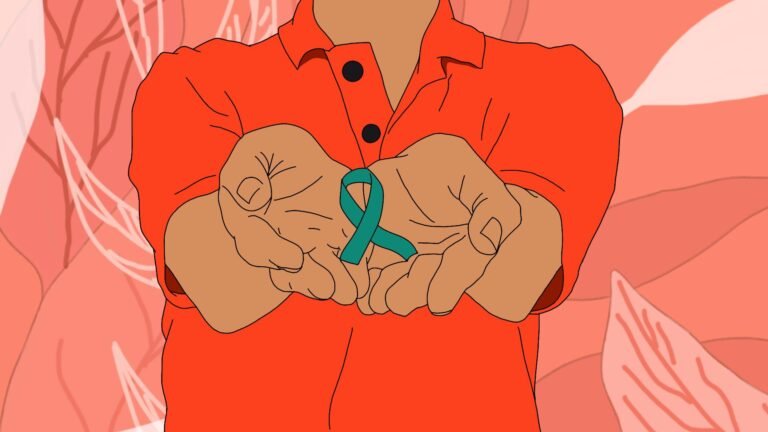
Safe Sex
Sexually transmitted infections (STIs) are infections that spread through sexual contact, including skin-to-skin contact. They can be prevented by practising safe sexual behaviours and maintaining good sexual health practices. Here are key points to reduce the risk of STIs:
Protection before sex
- Honest Communication: Discuss sexual histories openly with potential partners to understand each other’s risks.
- Testing: Get tested for STIs, along with your partner, before engaging in sexual activity to ensure both parties are aware of their status.
- Avoid Substance Use: Refrain from sexual activities when under the influence of alcohol or drugs, as this can impair judgment and increase risky behaviours.
- Vaccination: Consider vaccinations against STIs such as HPV, hepatitis A, and hepatitis B. HPV vaccination is essential as it can prevent cervical cancer and other HPV-related diseases.
- PrEP (Pre-Exposure Prophylaxis): If at risk for HIV, consider taking PrEP, a medication that reduces the risk of HIV infection if taken consistently.
Sexual health practices
- Barrier Methods: Use external or internal condoms (not both at once), dental dams for oral sex, and gloves for manual stimulation or penetration to reduce direct skin-to-skin contact.
- Hygiene: Practice good hygiene before and after sexual activity by washing hands and genital areas to reduce the risk of STI transmission.
- Urination: Urinate after sex to help prevent urinary tract infections (UTIs), which are not STIs but can be related to sexual activity.
Using condoms correctly
Using condoms and other barrier methods correctly is crucial to maximise their effectiveness in preventing sexually transmitted infections (STIs) and unintended pregnancies. Here’s a detailed guide on how to use condoms and other barrier methods properly:
General Safety Precautions:
- Check the expiration date: Always check the expiration date printed on the condom package. Using an expired condom can compromise its effectiveness.
- Inspect the package: Ensure the condom package has an air bubble, which indicates that the condom has not been punctured or damaged.
- Put the condom on correctly:
- For external condoms (male condoms):
- Open the package carefully to avoid tearing the condom with your teeth or nails.
- Pinch the tip of the condom to leave a small reservoir for semen, and unroll it all the way down the erect penis or sex toy.
- Roll the condom down to the base of the penis or sex toy before any genital contact occurs.
- For internal condoms (female condoms):
- Insert the closed end of the condom into the vagina or anus and guide it into place. The inner ring should be placed at the back of the pubic bone.
- Leave room at the tip: Leave a small space at the tip of the condom to collect semen and reduce the risk of breakage during ejaculation.
- For external condoms (male condoms):
- Use condom-safe lubricant: Apply water-based or silicone-based lubricant to the outside of the condom. Avoid oil-based lubricants, which can weaken latex condoms and increase the risk of breakage.
- Hold onto the condom after sex: Withdraw the penis or sex toy while holding onto the base of the condom to prevent it from slipping off.
- Dispose of the condom properly: Wrap the used condom in tissue and dispose of it in a trash bin. Do not flush condoms down the toilet, as they can cause plumbing problems.
- Never reuse a condom: Condoms are designed for single use only. Using a condom more than once increases the risk of breakage and transmission of STIs.
Additional Tips:
- Quality and Type of Condoms: Choose condoms that are FDA-approved or carry a quality assurance mark. Some condoms are designed for specific functions, such as extra lubrication or textured surfaces for enhanced sensation.
- Education and Research: If you’re unsure about which condoms to use, consider reading reviews or consulting healthcare professionals for recommendations based on your needs and preferences.
Using condoms correctly and consistently is an essential part of sexual health practices to protect against STIs and promote safe sexual activity. Pairing condom use with regular STI testing, open communication with partners, and other preventive measures can further enhance sexual health and well-being.
Potential risks
Using condoms and other barrier methods during sexual activity is effective at reducing the risk of sexually transmitted infections (STIs) by preventing the exchange of bodily fluids that contain viruses or bacteria. However, it’s essential to be aware that these methods may not completely eliminate the risk of STIs that spread through skin-to-skin contact. Here are some key points regarding specific STIs and risks associated with condom use:
STIs Spread Through Skin-to-Skin Contact
- Syphilis: Syphilis is a bacterial infection that can cause sores (chancres) on the genitals, anus, or mouth. Condoms can reduce the risk of transmission by preventing contact with infected sores, but they do not cover all potentially affected areas.
- Herpes: Herpes simplex virus (HSV) causes genital herpes, which results in painful sores or blisters on the genitals, anus, or surrounding areas. Condoms can reduce the risk of herpes transmission but may not fully protect against the virus, as herpes can be transmitted through skin-to-skin contact in areas not covered by a condom. Suppressive therapy with antiviral medications can help manage herpes outbreaks and reduce the risk of transmission, but it does not cure the infection.
- HPV (Human Papillomavirus): HPV can cause genital warts and is associated with an increased risk of certain cancers, including cervical cancer. Condoms can reduce the risk of HPV transmission, but they do not provide complete protection because HPV can infect areas not covered by a condom.
Herpes Transmission
Herpes can be transmitted even without visible symptoms (such as sores or blisters). This is known as asymptomatic shedding, in which the virus can be present on the skin or mucous membranes without causing visible signs of infection. Condom use during sexual activity can reduce but not eliminate the risk of transmitting herpes during asymptomatic shedding.
Importance of Communication and Testing
- Regular Testing: Regular STI testing, including for herpes and other infections, is crucial for sexually active individuals, even if they use condoms consistently.
- Open Communication: Discussing sexual health and STI status with partners is essential for making informed decisions about protection and healthcare.






